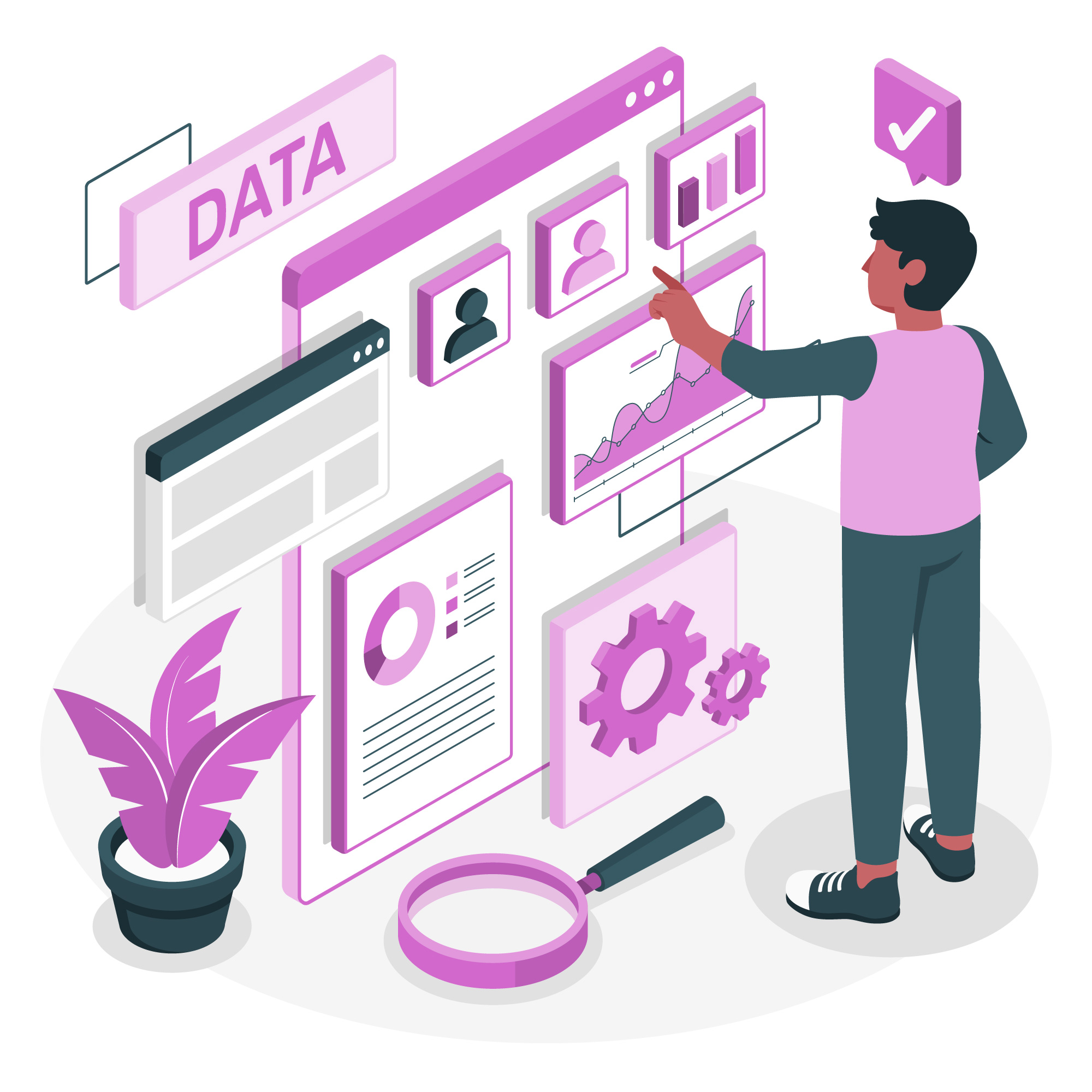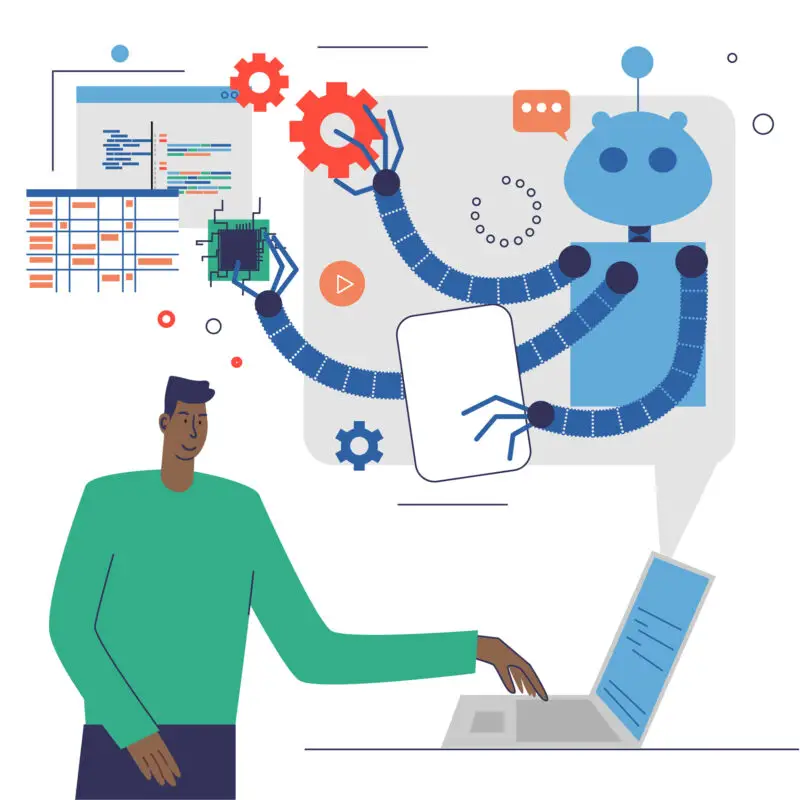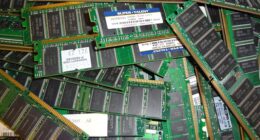Training data is used to teach a machine learning model, while test data assesses the model’s performance on new, unseen examples.
TL;DR Training data Vs. Test data
Training data consists of labeled examples used to train a model, while test data is unlabeled or new data that is used to evaluate the performance of the trained model. The key differences lie in their usage and objectives.
Types of training data vary based on the specific task at hand, such as supervised, unsupervised, or semi-supervised learning. These different types allow for various approaches to building accurate models tailored to specific needs.
Test data can be categorized into holdout sets, cross-validation sets, or out-of-sample datasets. Each type plays a vital role in validating model performance by simulating real-world scenarios and assessing generalization capabilities.
What is Training Data?

Training data is a subset of data used to train machine learning models, providing examples and patterns for the model to learn from. It consists of input-output pairs, where the input represents the features or attributes of the data, and the output is the corresponding label or target. The quality and representativeness of training data significantly impact the model’s performance and generalization to new, unseen data.
Training data is carefully selected to cover a diverse range of scenarios and variations that the model might encounter in real-world applications. It aims to expose the model to various patterns, relationships, and complexities inherent in the data. Preprocessing steps, such as normalization or encoding, may be applied to the training data to ensure consistency and effectiveness in model training.
In supervised learning, the model learns from the labeled training data to make predictions or classifications on new, unseen data. The process of iteratively adjusting the model’s parameters using the training data is known as training or fitting, ultimately enabling the model to make accurate and meaningful predictions when deployed in real-world situations.
What is Test Data?

Test data is a separate subset of data used to assess the performance and generalization ability of a machine learning model after it has been trained on the training data. Similar to training data, test data consists of input features and corresponding labels, but it is distinct and hasn’t been used during the model training phase. The primary purpose of test data is to evaluate how well the model can make predictions or classifications on new, unseen examples.
Test data should ideally represent the same distribution as the real-world data the model is expected to encounter. It helps assess the model’s ability to generalize beyond the patterns it learned during training and detect any overfitting issues, where the model performs well on training data but poorly on new data.
Evaluation metrics, such as accuracy, precision, recall, or F1 score, are calculated using the test data to quantify the model’s performance. Splitting the dataset into training and test sets ensures a fair evaluation of the model’s effectiveness and aids in identifying potential issues before deploying the model in real-world applications.
Training data Vs. Test data – Key differences
| Criteria | Training Data | Test Data |
|---|---|---|
| Purpose | Used to train the machine learning model | Used to evaluate the model's performance |
| Usage | Actively employed in the model training process | Not used during model training |
| Composition | Contains labeled examples for model learning | Also contains labeled examples for evaluation |
| Exposure to Model | Model learns from this data | Model has not seen this data during training |
| Role in Evaluation | Does not directly evaluate model performance | Directly used to assess model generalization |
| Adjusting Model | Model parameters are adjusted based on this data | Model parameters are fixed during evaluation |
| Outcome Metrics | Not used to calculate evaluation metrics | Used to calculate metrics like accuracy, precision, etc. |
| Size | Typically larger to ensure comprehensive learning | Smaller as it is primarily used for assessment |
| Preprocessing | May undergo preprocessing steps during training | Preprocessed similarly to maintain consistency |
| Data Distribution | Reflects a diverse range of scenarios and variations | Should represent the real-world distribution |
| Data Independence | Dependent as the model learns from it | Independent, ensuring an unbiased evaluation |
Types of Training Data
Labeled Data:
- Examples with corresponding labels or target values.
- Used in supervised learning for training models to make predictions or classifications.
Unlabeled Data:
- Examples without associated labels.
- Can be used in unsupervised learning for tasks like clustering or dimensionality reduction.
Feature-rich Data:
- Includes a comprehensive set of features or attributes.
- Enables models to learn complex relationships between input variables.
Time Series Data:
- Sequences of data points ordered by time.
- Used in tasks like predicting future values or detecting patterns over time.
Imbalanced Data:
- Contains unequal distribution of classes or labels.
- Important for addressing challenges related to class imbalance in classification tasks.
Text Data:
- Involves textual information, documents, or language-based content.
- Utilized in natural language processing (NLP) tasks such as sentiment analysis or text classification.
Image Data:
- Comprises visual information, often in the form of pixels.
- Applied in computer vision tasks, including image classification or object detection.
Audio Data:
Represents sound or audio signals.
Used in applications like speech recognition or sound classification.
Multimodal Data:
- Combines information from multiple sources or modalities (e.g., text and images).
- Addresses complex tasks involving diverse types of data.
Annotated Data:
- Involves additional metadata or annotations.
- Enhances understanding of the data context and supports specific learning objectives.
Noisy Data:
- Contains errors, outliers, or irrelevant information.
- Challenges models to handle real-world imperfections.
Synthetic Data:
- Generated artificially to supplement real-world data.
- Useful for increasing dataset size or creating scenarios for specific learning objectives.
Transfer Learning Data:
- Pretrained models or features used as a starting point.
- Accelerates learning in new tasks, especially when labeled data is limited.
Types of Test Data
Holdout Data:
- Separate subset of data reserved solely for testing.
- Commonly used to assess model performance after training.
Cross-Validation Data:
- Divides the dataset into multiple folds for repeated testing.
- Enables a more robust evaluation, particularly in cases with limited data.
Out-of-Distribution Data:
- Unseen data intentionally different from the training set.
- Assesses the model’s ability to handle novel or unexpected scenarios.
Adversarial Data:
- Examples crafted to deliberately mislead the model.
- Evaluates model robustness and security against adversarial attacks.
Noisy Data:
- Contains errors, outliers, or misleading information.
- Tests the model’s resilience to real-world imperfections.
Imbalanced Data:
- Reflects an uneven distribution of classes or labels.
- Helps evaluate model performance on challenging class distribution scenarios.
Streaming Data:
- Represents a continuous flow of data points.
- Tests the model’s adaptability to changing patterns over time.
Temporal Data:
- Sequences of data points ordered by time.
- Assesses the model’s ability to predict future values or detect temporal patterns.
Multi-modal Data:
- Combines information from various sources or modalities.
- Evaluates models designed to handle diverse types of data.
Transfer Learning Data:
- Unseen examples from a related but different distribution.
- Tests the transferability of knowledge from pretrained models.
Domain-specific Data:
- Data from a specific domain or niche.
- Ensures the model’s relevance and effectiveness in a targeted application area.
Random Data:
- Synthetic or randomly generated examples.
- Helps assess model performance when facing unexpected or random inputs.
Real-world Data:
- Collected from real-world scenarios.
- Offers insights into how well the model generalizes to practical, everyday situations.
Limited Data:
- A smaller subset of the test set.
- Simulates scenarios with limited available test data.
Image Credits
Featured Image By – Freepik
Image 1 By – macrovector on Freepik
Image 2 By – storyset on Freepik








